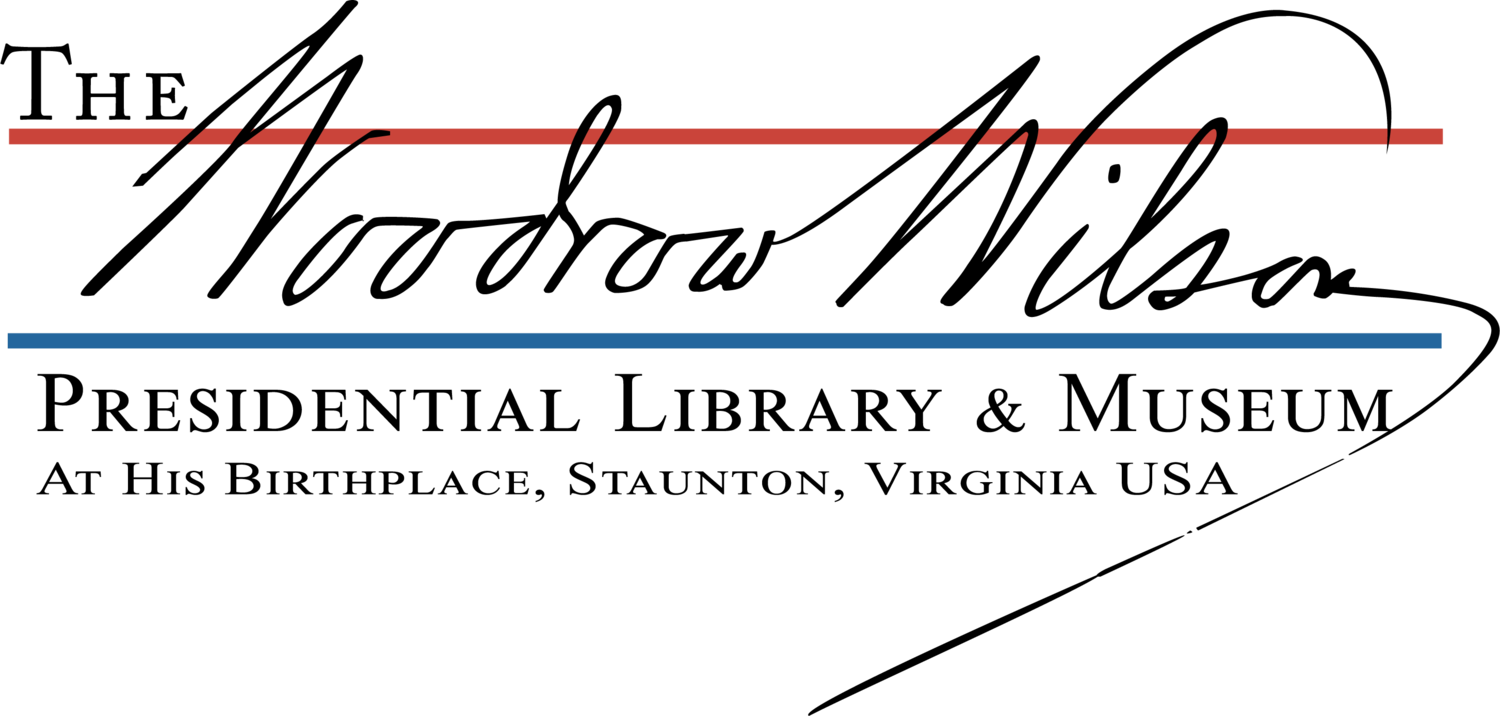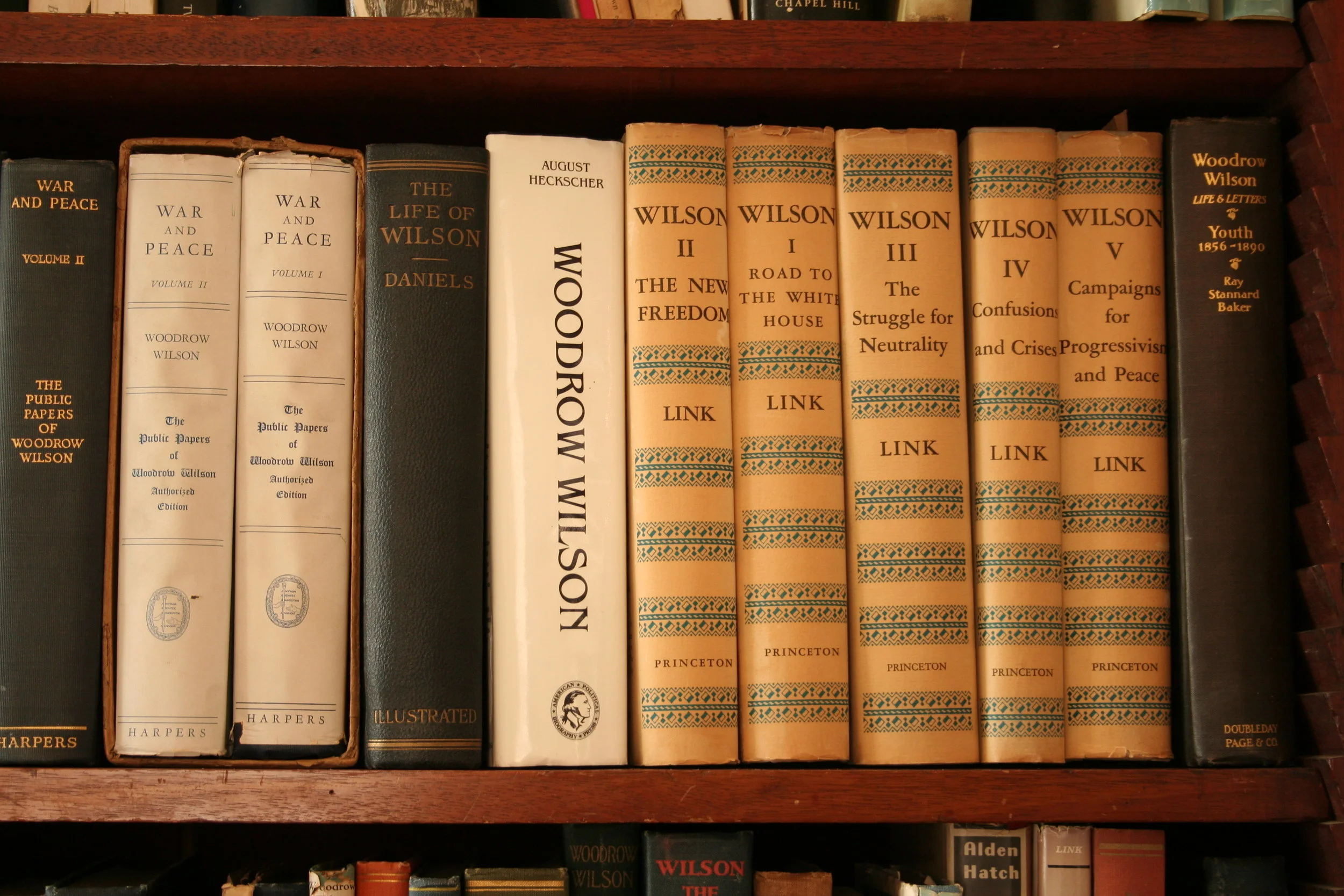A Coded Mystery
/Uncoded Cablegram from Colonel House
A 1915 letter from Colonel House in London, published in the Woodrow Wilson Papers, gives us a good idea of how that State Department encrypted their letters:
I have taken the blue code and numbered backwards, starting with 113 on page 739 and ending on page 100 with 749.
You will notice that each two pages have the same number. It will not take longer than an hour to change it in this way. Care should be taken, however, that it is done correctly for if it is not, it would throw us all out.
After renumbering, look up in the book the word to be encyphered and set down the number at the top of that page and suffix to it the number obtained by counting the words from the top of the page including the word in question. Should the word be found in the first nine words on the page, a zero must be prefixed to it since a completed cypher group must contain exactly five figures.
For example to encypher the sentence “Your cable of the 25th received”
The words “your cable of” will be found on page 620 (as renumbered) number 97. The cypher group representing it therefore would be 62097.
The word “25th” is the ninety-sixth word on page 163 therefore the cypher group would be 16396.
the word “received” is 88 on page 268, therefore the group of figures would be 26888.
The message when coded then reads as follows: 62097-16396-26888.
This cypher cannot possibly be unravelled by anyone not possessing a duplicate of the blue code numbered as we have it.
Colonel House had become concerned because of the general belief that other countries had copies of the codebook used by the American cipher clerks. He was right to worry. Not only had the State Department already begun to look for ways to move on from their 1899 Blue Code for telegraph messages, that the president used, but, as David Paull Nickles notes, various diplomats had sent notices over the years that people had gotten their hands on the code. In 1916, the ambassador to Vienna learned that the code definitely was not secure, and a year later a US diplomat in Romania complained of its continued use. This despite the fact that the department had implemented the Green Code by then. When America joined the war, the Green Code was official policy, but there are many indications that President Wilson continued to use the older one, perhaps with this innovation of shifting the page number developed by Colonel House, because so many of them continue to use a number-based code.
As Edith tells us, President Wilson often encoded his own messages.
Woodrow Wilson to Colonel House
The whole situation could get complicated, though. Years later, the American Commission for Peace could not find the proper code book in Paris, so they were unable to decipher a cable for Benjamin Strong.
Towards the end of the war, Wilson wrote a cablegram from the White House, that went out with a complicated letter code. The handwritten note, figuring out the code, has a number column and a letter column. Was President Wilson still using the system he had worked out with House, but sending it on for further encoding, perhaps with the Green Code? Why then two columns in the same hand? This was just days after House sent a cable to Wilson with what appears to be the familiar number code.
If you know anything about historic State Department codes or would like to dig up the solution online, please let us know what you think is going on with that White House cable from November 3, 1918.







